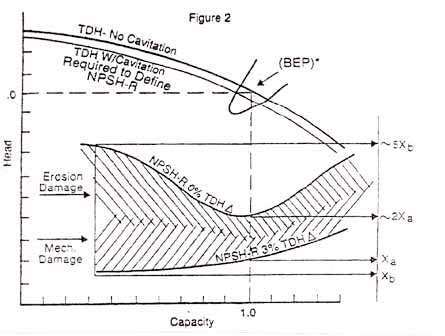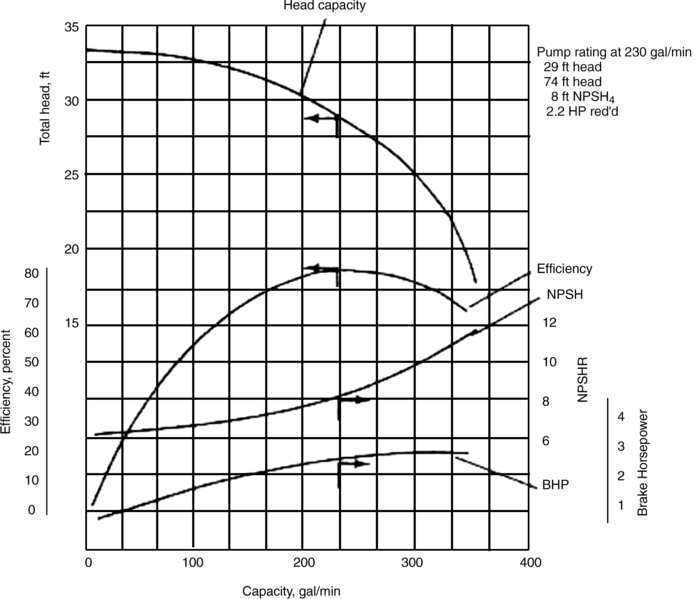MrProjectEng
Mechanical
Hello,
It can be said generally; when NPSH decrease, HEAD increase and EFFICIENCY increase or that case could be changed accordingly
Thank you
It can be said generally; when NPSH decrease, HEAD increase and EFFICIENCY increase or that case could be changed accordingly
Thank you


